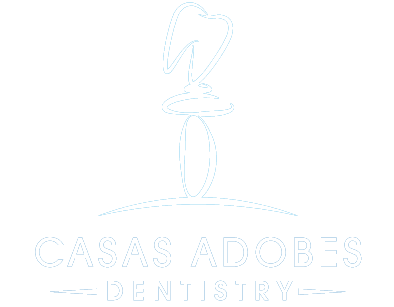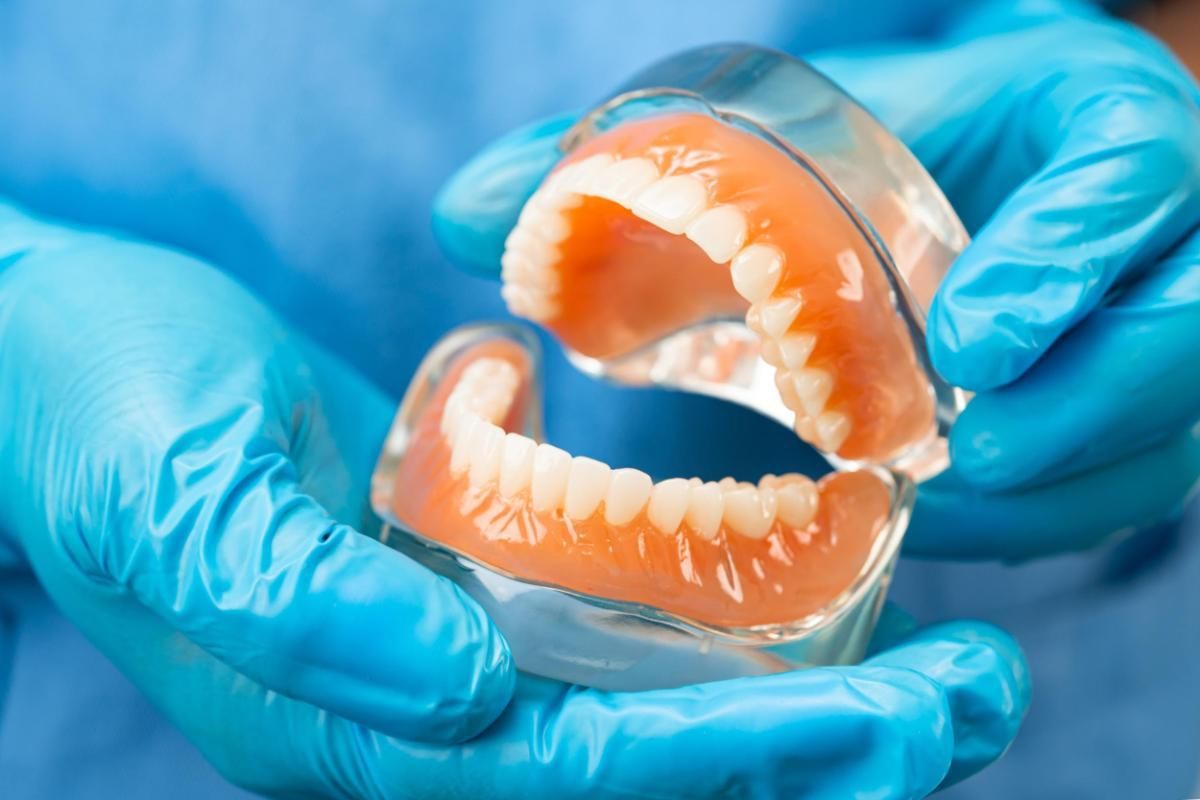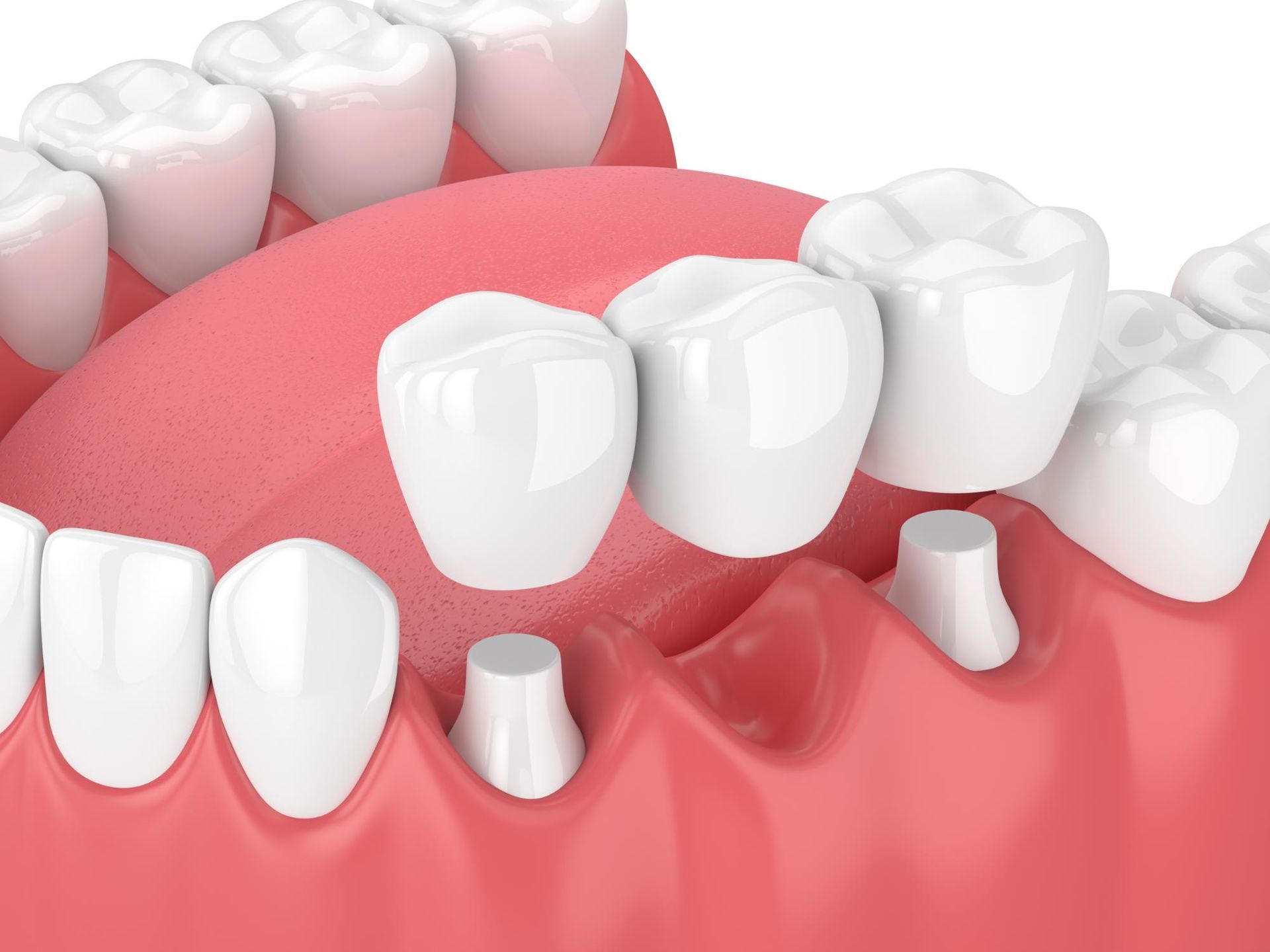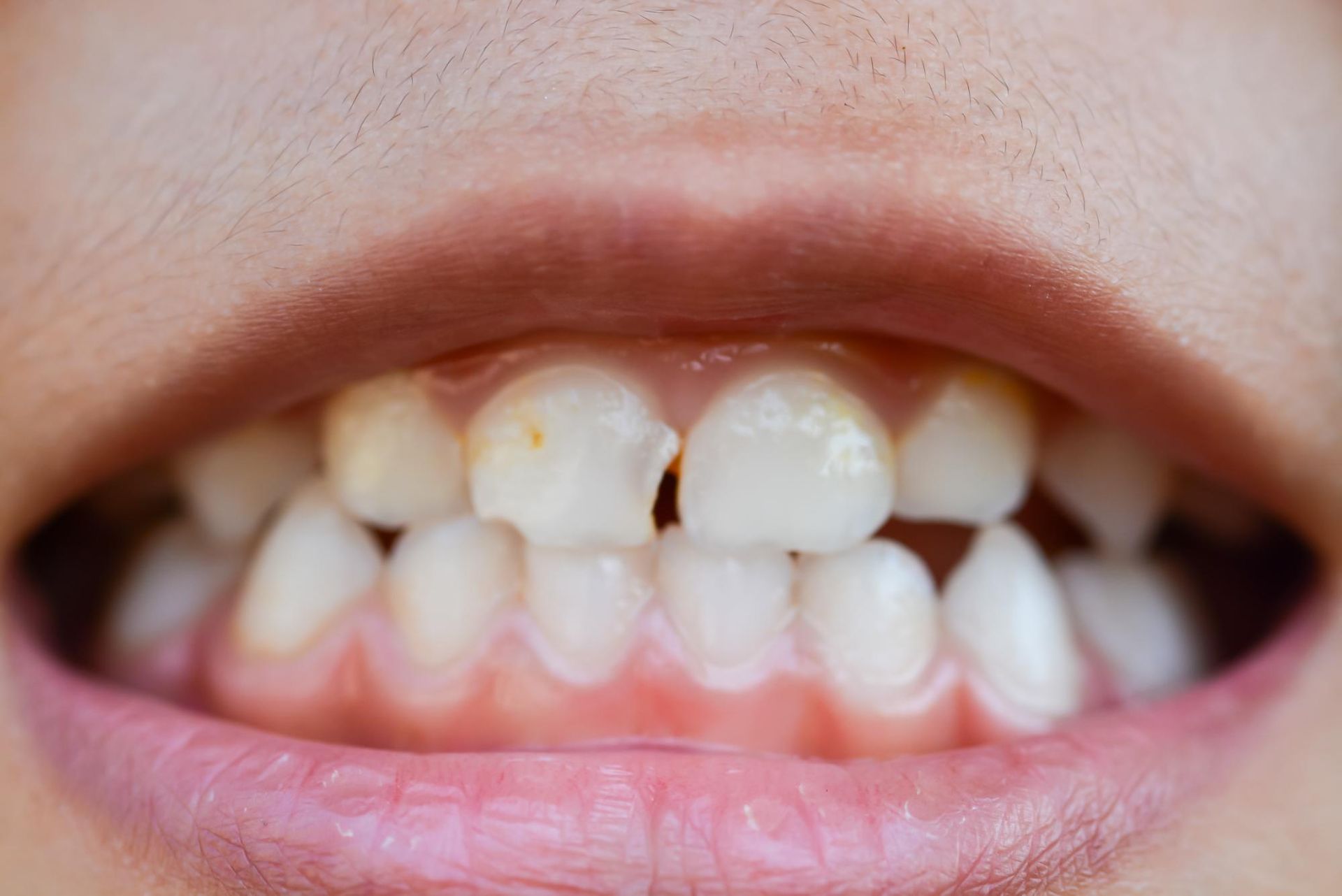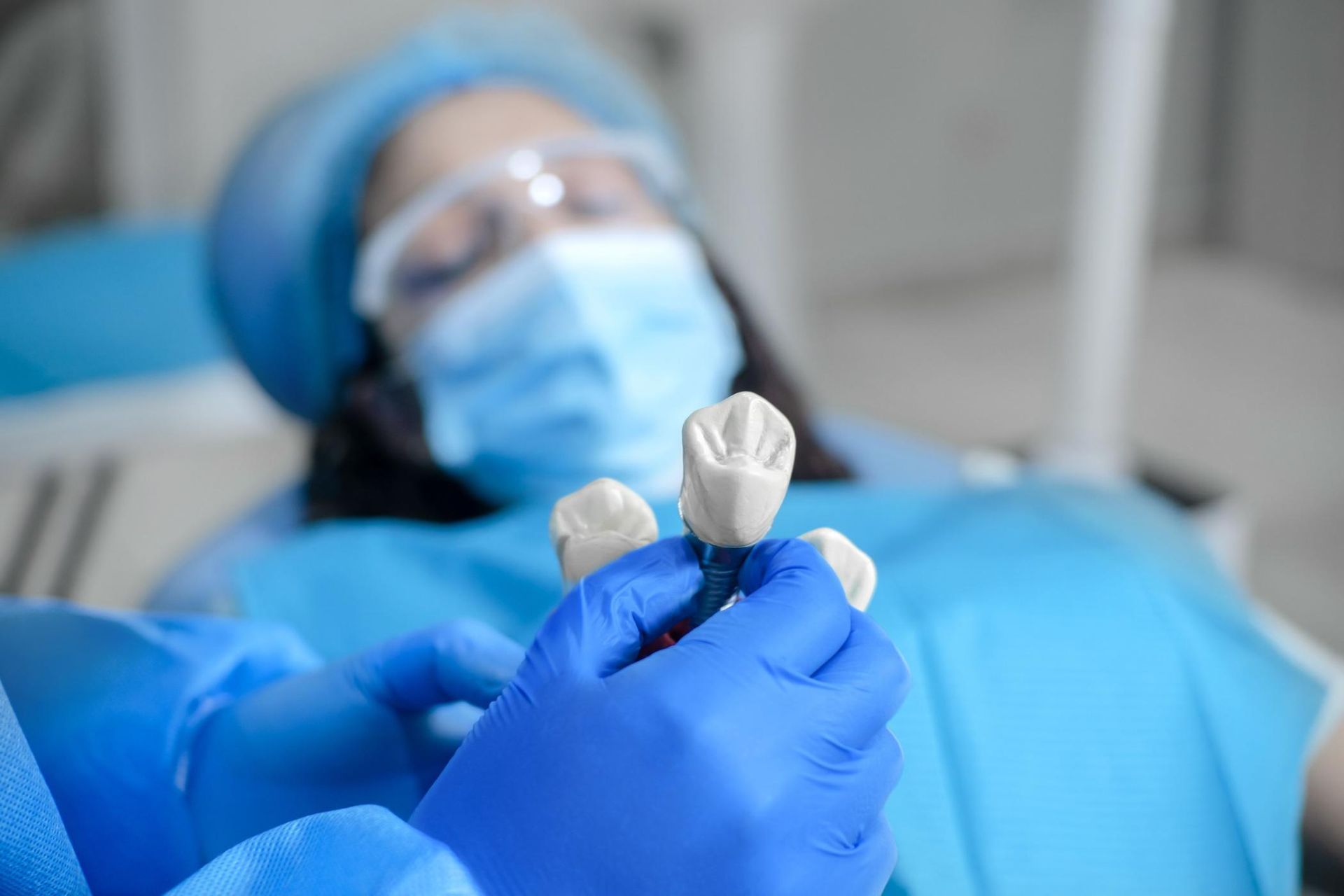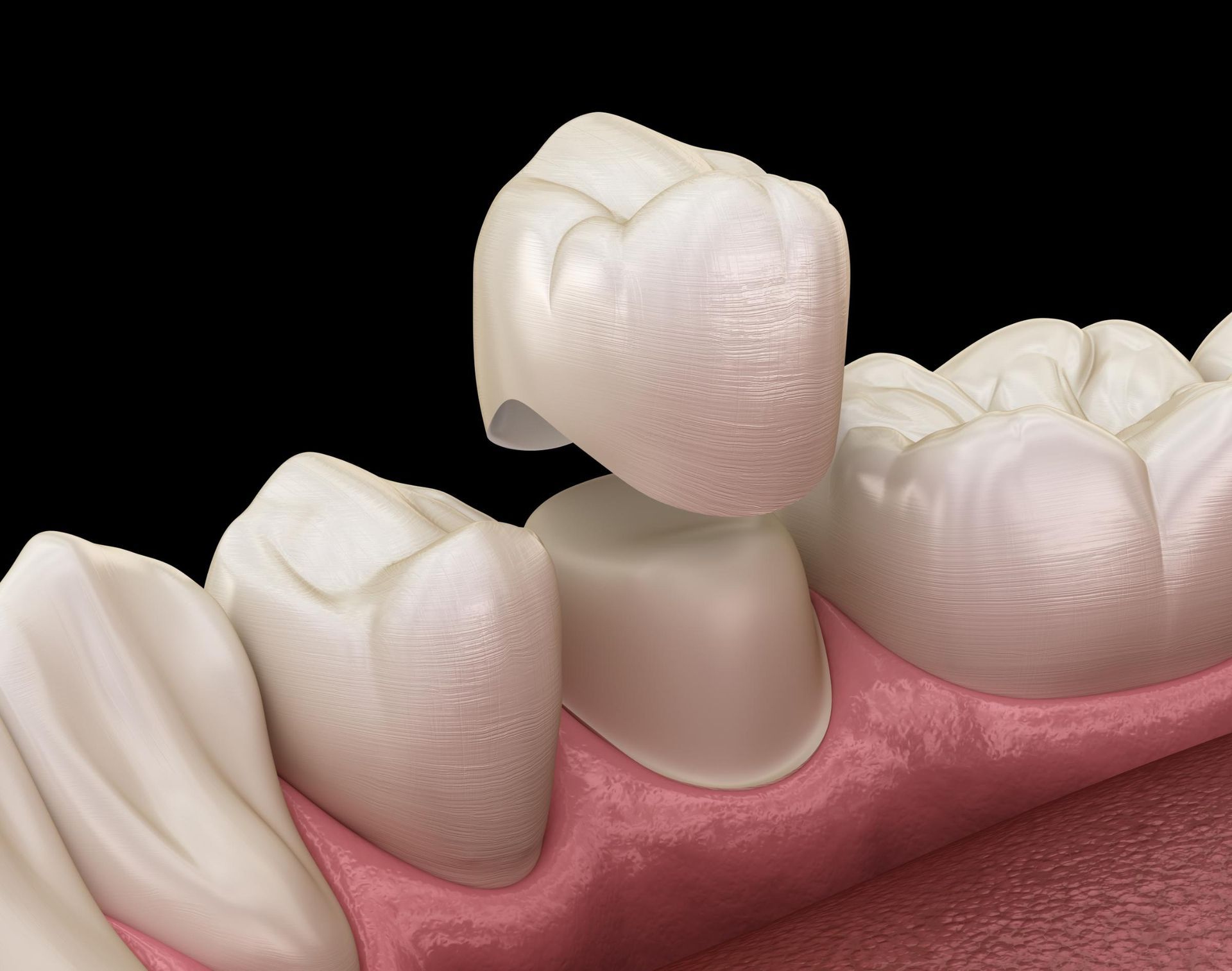Do I Really Need a Crown? When to Say Yes and When to Say No

Understanding Dental Crowns
What is a Dental Crown?
Dental crowns, also known as dental caps, cover an entire area of the tooth or the entire tooth. Modern dental restorations are crucial in creating effective dental crowns, ensuring greater comfort and precision.
Customized in a laboratory, dental crowns prevent infection and support damaged teeth. They work to prevent infection by covering teeth with decay and preventing further damage.
Dental crowns provide immediate support for damaged teeth, preserving their functionality and preventing misalignments.
When Do You Need a Dental Crown?
A dental crown is recommended instead of a filling when a tooth is fractured or has a large portion chipped.
A crown offers more extensive coverage and support compared to a filling, helping to preserve the integrity of the tooth and avoid potential complications. Dental crowns are used to protect and reinforce a damaged tooth, especially when it is cracked, chipped, or broken.
The dentist will recommend a crown procedure to help restore the tooth’s structure and functionality, prevent further damage, and provide structural support.
A crown is a better option than a filling in cases of significant tooth fracture or chipping.
Large Cavities or Tooth Decay?
When a badly decayed tooth or cavities are extensive, dental crowns are often recommended to reinforce the damaged natural tooth and restore its shape, strength, and function.
A composite tooth filling is a good solution for small cavities, but if a cavity grows too big, a crown is a better option to provide long-lasting protection.
If the width of the filling exceeds 1/2 to 1/3 of the width of the tooth, a dental crown should be placed instead to prevent a tooth fracture.
Dental crowns can help restore the tooth’s structure and functionality, prevent further damage, and provide structural support.
Dental Implant and Dental Bridge Scenarios
Dental Implant Crowns
- Dental crowns play a crucial role in treatments for replacing missing teeth, such as dental bridges and implants.
- A crown acts as an artificial tooth or cap, helping to fill the gap caused by a missing tooth or supporting a dental bridge on either side.
- Fillings are not an option for replacing missing teeth, making dental crowns a necessary component of these treatments.
Alternatives to Dental Crowns
Dental Fillings and Other Options
There are alternatives to getting a dental cap, including porcelain onlays, phasing treatment, provisional crowns, and in-office lab indirect resin crowns. While a dental filling can be used as an alternative, it may not provide long-term protection for the tooth, especially in cases of large existing fillings with vertical cracks. In contrast, dental crowns are necessary after a root canal procedure to protect the integrity of the tooth.
Porcelain onlays are a safer approach that preserves more of your natural tooth structure.
Phasing treatment involves putting a filling instead of a crown, which can buy you time until you can afford a more definitive treatment.
The Cost and Insurance Coverage of Dental Crowns
What is the Cost of Dental Crowns?
- The cost of dental crowns varies depending on the material used, with all-porcelain crowns being more expensive than metal crowns.
- You should discuss the cost of your dental crowns with your dentist and consider your budget and insurance coverage.
- The cost of dental crowns may be covered by your insurance, depending on your plan and provider.
The Dental Crown Procedure
What to Expect During the Procedure
The procedure for getting a dental crown may vary depending on the condition of your teeth. A dental crown is necessary after a root canal procedure to protect the tooth.
A simple procedure for a fractured tooth may take less time than a procedure for a tooth that needs bone grafting or a dental implant. Root canal therapy helps save a natural tooth, and a crown is needed to protect it from further damage.
The procedure typically involves two weeks of preparation and a final visit to cement the crown.
Weighing the Decision
Cosmetic Purposes Only
- Dental crowns can be used for cosmetic reasons, such as improving tooth shape, alignment, or discoloration.
- A crown can improve the appearance of discolored teeth due to root canal treatment or excessive fluoride or large resin fillings.
- Fillings are not typically used for cosmetic purposes, making dental crowns a better option for improving tooth appearance.
Main Take-Away
If you decide to get a dental crown, choose a dentist with good credentials and experience with restorative dentistry. It is crucial to visit a reputable dental office for treatments such as getting dental crowns. A highly trained dentist will consider both the appearance and functional aspects of the crown.
The longevity of a crown depends on factors such as the bite or occlusion, which a skilled dentist will take into account.
